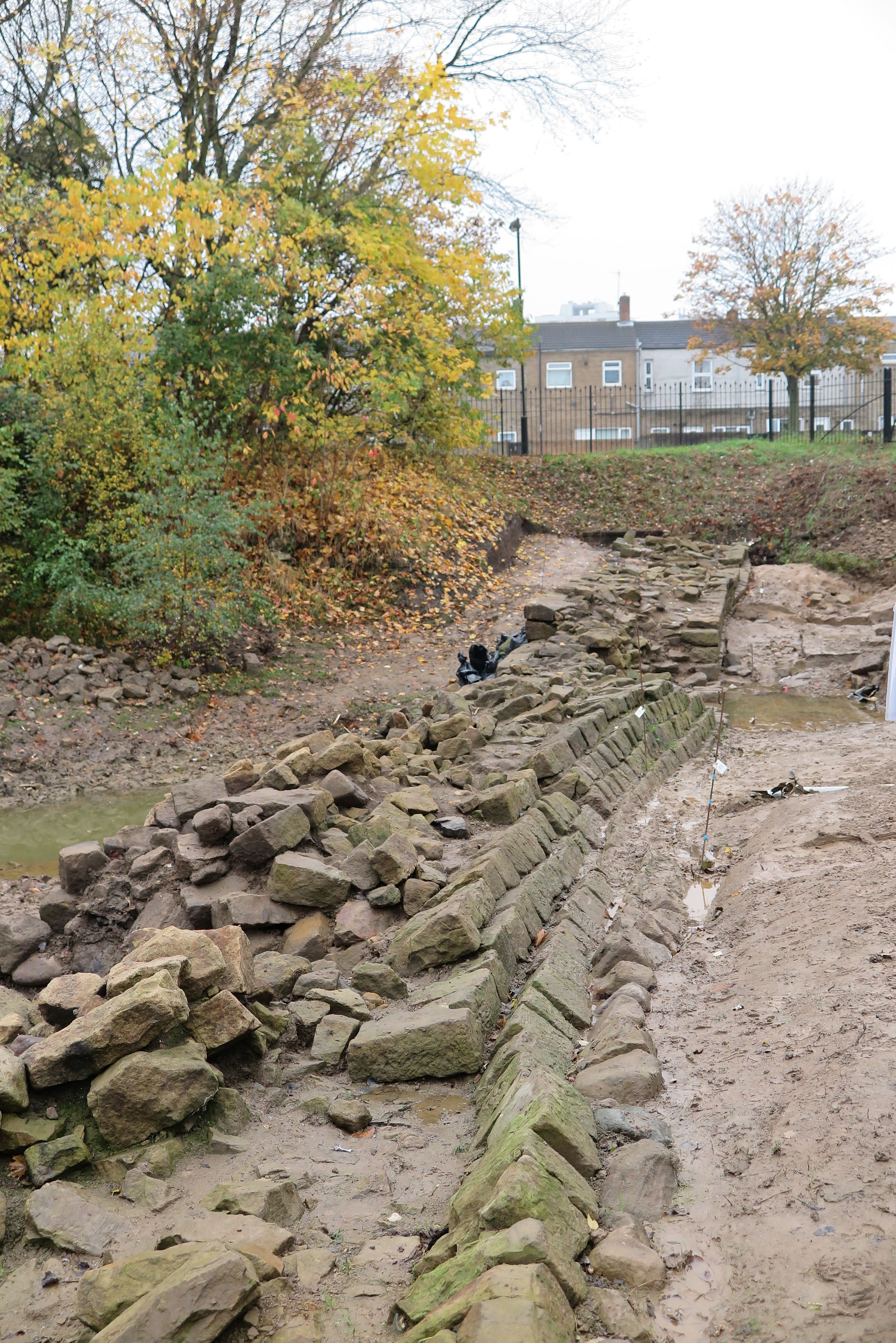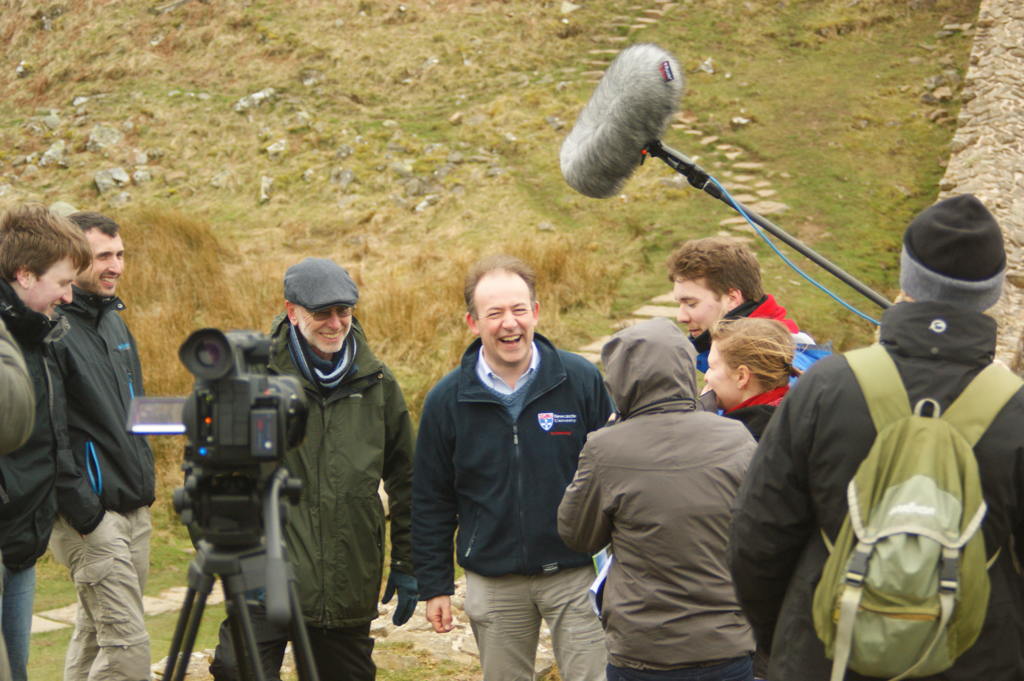We asked some of the Wall experts you have met during the Hadrian’s Wall MOOC to each recommend 5 books on the topic. This is what they came up with. There is duplication and difference in their choices. You can suggest other books or add thoughts/reviews on those below through the comments.
David Breeze:
1. S. Johnson, Hadrian’s Wall, London 2004 – offers a general introduction (available on Amazon)
2. D. J. Breeze and B. Dobson, Hadrian’s Wall, London 2000 – This is the basic text book on the Wall
3. D. J. Breeze, J. Collinngwood Bruce’s Handbook to the Roman Wall, 14th edition, Newcastle 2006 – this is a detailed guide-book to the Wall (available at www.achaeologyplus.co.uk and Amazon – discounts available from archaeologyplus.co.uk to FutureLearn learners – if you contact them by email or phone)
4. P. Frodsham, Hadrian and His Wall, Newcastle 2013 – examines the relationship between the Wall and its builder (available on Amazon)
5. D. J. Breeze, The Frontiers of Imperial Rome, Barnsley 2011 – places Hadrian’s Wall in its international context. (available on Amazon)
Frances McIntosh:
1. D. J. Breeze, 2006. J. Collinngwood Bruce’s Handbook to the Roman Wall, 14th edition, Newcastle (available on Amazon)
2. D. J. Breeze and B. Dobson 2000. Hadrian’s Wall, London
3. E. Birley 1961. Research on Hadrian’s Wall (available on Amazon)
4. P. Bidwell (ed) 2008. Understanding Hadrian’s Wall, Arbeia Society (available on Amazon)
5. P. Hill 2006. The Construction of Hadrian’s Wall, Tempus (available on Amazon)
Lindsay Allason-Jones:
1. D. J. Breeze and B. Dobson 2000 (4th edition) Hadrian’s Wall. Penguin
2. Richard Hingley 2012, Hadrian’s Wall: a Life. OUP (available on Amazon)
3. W. F. Shannon 2007, Murus ille famosus (that famous wall): Depictions and Descriptions of Hadrian’s Wall before Camden. C&W Tract Series XXII. Kendal (available on Amazon)
4. L. Allason-Jones 2005, Women in Roman Britain (2nd ed.) CBA (available on Amazon)
5. L. Allason-Jones 2008, Daily Life in Roman Britain (Greenwood World Publishing). (available on Amazon)
Rob Collins:
1. D. J. Breeze and B. Dobson 2000. Hadrian’s Wall, 4th ed, London: Penguin
2. P. Bidwell (ed) 2008. Understanding Hadrian’s Wall, Arbeia Society (available on Amazon)
3. N. Hodgson 2009. Hadrian’s Wall 1999-2009, SANT & C&W (available on Amazon)
4. R. Collins. 2014. Hadrian’s Wall and the End of Empire, Routledge (paperback ed – a bit of a vanity, but otherwise very little coverage of the most interesting late period of the Wall) (available on Amazon)
5. S. Johnson 2004. Hadrian’s Wall, London: History Press (available on Amazon)
We also have a downloadable reading list (pdf) of primary and secondary sources






